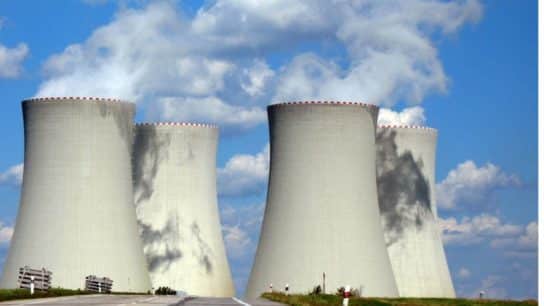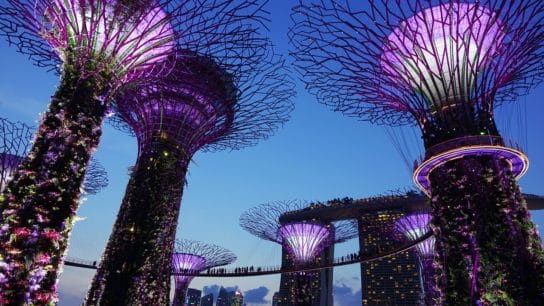Saudi Arabia is looking to enter the USD$700 billion hydrogen market with its plan to build a $5 billion plant to make the green fuel for export and lessen the country’s dependence on petrodollars.
—
The plant will be powered entirely by solar and wind energy and will be one of the world’s largest green hydrogen producers when it opens in the planned megacity of Neom in 2025.
Hydrogen is changing from a niche power source- used in rockets and nuclear weapons- to a profitable industry, with the EU alone committing $500 billion to scale up its infrastructure. However, there is a long way to go before hydrogen can be a major source of energy; further, Saudi Arabia has announced many plans to invest in solar energy, but there are few operational projects, sullying their reputation in the sustainable area. However, experts say that Saudi Arabia could become one of the leaders in a future green hydrogen market.
Many of the world’s major economies are embracing hydrogen in future plans- the UK is hosting 10 projects to heat buildings with the gas, China is deploying fuel-cell buses and commercial vehicles, and Japan is planning to use the gas in steelmaking. This should mean plenty of potential opportunities for the Saudi Arabian plant, called Helios Green Fuels. The kingdom is looking to become the world’s largest supplier of hydrogen.
The plant will use 4 GW of solar and wind power, and will produce 650 tons of hydrogen a day by electrolysis- enough to convert 1.2 million tons per year of green ammonia, which is easier to ship than liquid or gaseous hydrogen, which will be converted back upon delivery to customers. Enough green hydrogen will be produced to maintain about 20 000 city buses.
Currently, however, hydrogen is expensive to make with expelling greenhouse gases, is difficult to store and is highly combustible. Green hydrogen on the other hand, is produced by using renewable energy rather than fossil fuels. According to the International Renewable Energy Agency, the current cost of producing a kilogram is a little under $5. Because Saudi Arabia has almost perpetual sunshine and wind, and vast amounts of land, it has a competitive advantage in the green hydrogen market. The plant’s costs will likely be among the lowest in the world and could reach $1.50 per kilogram by 2030, according to Bloomberg- cheaper than some hydrogen made from non-renewable sources today.
You might also like: After Historic Fall in 2020, Carbon Emissions are Rebounding Fast
Additionally, it’s more expensive to produce renewable energy in Europe and the continent’s expected demand while implementing a Green Deal should exceed its own supply, meaning that it will be unable to produce all the hydrogen themselves.
Challenges
Currently, the kingdom produces one-eighth of the world’s oil supply, but its operational renewables capacity is relatively small and it’s essentially starting from zero with green hydrogen.
Hydrogen will at first cost more than polluting alternatives, but the gas is needed to meet carbon targets set by governments and businesses around the world.
The nation plans to meet half of its power needs from renewables by 2030 and has several projects under construction or soon to start. It currently has under 700 MW in operation nationwide- less than 2% of Spain’s installed capacity, so it needs to boost its capacity.
It also regularly burns crude oil to make electricity, and critics say that the energy used by the Neom plant should be diverted into the national grid. However, the focus is on exports. Petrostates stand to lose as much as $13 trillion by 2040, and Saudi Arabia is among those expected to be the most affected. The hydrogen plant will produce 15 000 barrels of oil equivalent per day at most, a paltry number compared to the 9 million barrels of crude the kingdom pumps daily. However, even so, finding a way to capture part of the clean-fuels market is a necessary economic lifeline.

















